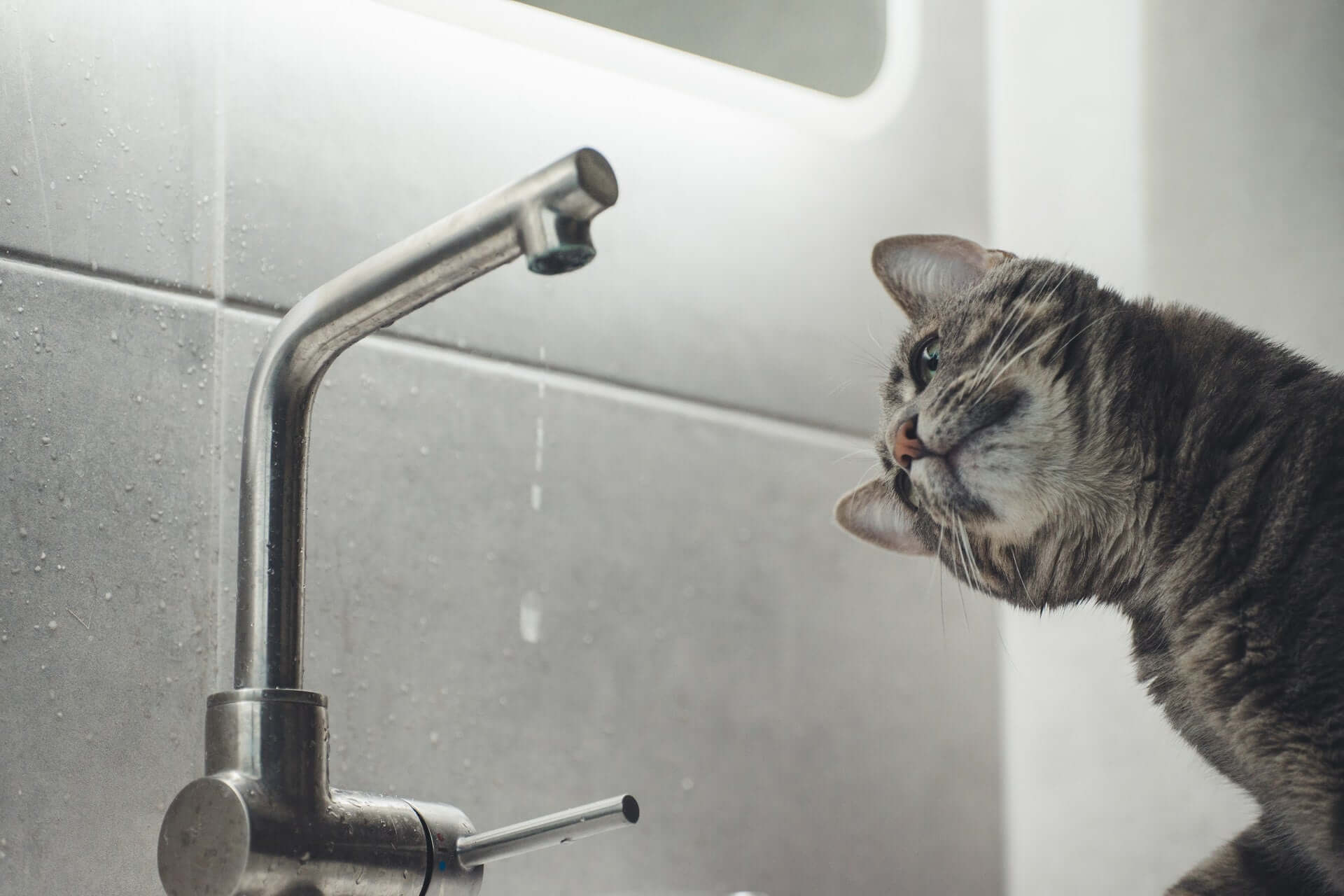
Inhaltsverzeichnis
Wasser sparen – So reduzierst du deinen Wasserverbrauch
Wasser sparen kann man nicht nur, indem man den Wasserhahn nicht unnötig laufen lässt. Es gibt eine ganze Menge mehr Wege, wie du deinen Wasserverbrauch reduzieren kannst. Die möchte ich dir heute vorstellen, denn Wassersparen ist nachhaltig, ressourcensparend und trägt langfristig zur Gesundheit unseres Planeten bei.
Fünf Wege, um Wasser zu sparen
1. Den Wasserhahn abdrehen
Wie eingangs schon erwähnt, ist dies wohl dies offensichtlichste, aber auch die simpelste Methode, um Wasser zu sparen. Schon wenn wir ein bisschen mehr auf unsere Gewohnheiten achten und achtsamer mit unserem Wasserverbrauch umgehen, können wir damit einen gehörigen Unterschied machen. Achte einfach mal drauf, wie oft bzw. ob du den Wasserhahn während des Zähneputzens, Händewaschens oder Spülens auf- bzw. abdrehst. Gegebenenfalls kannst du dann dein Verhalten anpassen und so schon einiges an Wasser sparen.
2. Achtsamer duschen
Auch beim Duschen lässt sich Wasser sparen. Zum Beispiel, indem man während des Einseifens das Wasser abstellt. Oder indem man duscht, anstatt zu baden. Denn beim Baden verbraucht man teilweise 4-5 Mal mehr Wasser als beim Duschen! Es gibt außerdem für recht kleines Geld Wasserspar-Duschköpfe, die man einfach in der Dusche installieren kann. Das gesparte Wasser macht sich nicht nur in der Ökobilanz bemerkbar, sondern auch im Geldbeutel.
Eine weitere Möglichkeit ist es, seltener zu duschen. Natürlich ist Körperhygiene sehr wichtig und sollte ernst genommen werden. Aber heutzutage duschen viele Menschen sogar zu oft!
Zu häufiges Duschen kann die Haut langfristig austrocknen und auch zu häufiges Haarewaschen ist nicht gerade vorteilhaft für das Haar.
Zusätzlich sollte man einmal pro Jahr kontrollieren, ob der Durchlauferhitzer / Wasserboiler korrekt eingestellt ist. Sehr alte Geräte sollten außerdem durch ein neueres (Eco-)Modell ersetzt werden.
Ein Extratipp für Pflanzenliebhaber: Habe beim Duschen einen kleinen Eimer zur Hand, in dem Wasser aufgefangen wird, während die Dusche “warm läuft”. Dieses Wasser kannst du super zur Pflanzenbewässerung nutzen!
3. Volle Maschinen waschen
Egal ob Spül- oder Waschmaschine: Am besten immer nur anschmeißen, wenn sie auch wirklich gefüllt ist. Auch wenn es sehr komfortabel ist, nicht von Hand spülen zu müssen oder Kleidungsstücke schnell wieder im Schrank zu haben – wassersparend ist das nicht gerade. Die meisten Spülmaschinen und Waschmaschinen haben darüber hinaus mittlerweile einen “Eco-Modus”, der ressourcensparend säubert. Auch dieser sollte nicht außer Acht gelassen werden.

4. Der richtige Garten
Ich bin sicherlich kein Experte, was Gärtnern angeht. Aber ich weiß, dass ein gepflegter Rasen viel Wasser benötigt. Eine Veränderung des Gartens ist mit Sicherheit aufwändig und nicht ganz kostengünstig, sollte aber in Betracht gezogen werden. Ein Garten mit weniger Gras ist nicht nur bezüglich des Wassersparens nachhaltig, sondern auch, weil der Boden unter Umständen für das Anpflanzen von eigenem Gemüse, Kräutern oder Obst genutzt werden kann!
5. Virtuelles Wasser
“Virtuelles” oder “latentes” Wasser bezeichnet die Menge Wasser, die für die Herstellung eines Produktes benötigt wird. Virtuelles Wasser ist für uns nicht direkt sichtbar und gerät daher schnell in Vergessenheit. Die Wassermenge, die zur Herstellung von Lebensmitteln und anderen Produkten verwendet wird, variiert beträchtlich.
Lebensmittel
Kakao bzw. Kakaobohnen schneiden mit einem Wasserbedarf von 27 000 Litern pro Kilo leider ganz schlecht ab. Auch die Fleischproduktion ist sehr wasserintensiv: Viele Fleischsorten wie Geflügel oder Schweinefleisch benötigen 4 000 bis 5 000 Liter Wasser pro Kilo. Rindfleisch toppt das Ganze mit einem Bedarf von 15 000 Litern Wasser pro Kilo nochmal deutlich. Wenig Wasser (ca. zwischen 100 - 200 Liter pro Kilogramm) benötigen hingegen Kartoffeln, Karotten, Grüner Salat sowie Tomaten.
Einer der besten Wege, in der Ernährung Wasser zu sparen, ist daher, weniger tierische Produkte zu verzehren. Es ist dabei völlig okay, erst einmal “klein” anzufangen. Zum Beispiel kannst du einen fleischlosen Tag pro Woche einführen oder ab und zu vegane Frühstücksideen ausprobieren.
Kleidung
Auch in unserer Kleidung stecken teils riesige Mengen an virtuellem Wasser. Insbesondere der Anbau von Baumwolle ist sehr wasserintensiv (über 22 000 Liter pro Kilogramm Baumwollfasern). Viskose beispielsweise schneidet mit 350 Litern pro Kilogramm schon deutlich besser ab als Baumwolle. Viskose wird übrigens auch für unsere paigh-Hosen verwendet, und auch wenn der Stoff in Sachen Nachhaltigkeit nicht perfekt ist, kann er zumindest in Sachen Wasserverbrauch punkten.
Die nachhaltigsten Möglichkeiten, Kleidung zu beziehen und in diesem Zuge auch Wasser zu sparen, sind nach wie vor Second-Hand-Shopping, ein Kleidertausch unter Freunden, sich vor einem Kauf nochmal zu überlegen, ob man das Teil wirklich braucht, und auch, auf Qualität statt Quantität zu setzen. :)
Recycling- und Mehrwegprodukte
Wenn möglich solltest du auf Einwegprodukte verzichten und recyclebare (Verpackungs-)Materialien beziehen. Toilettenpapier, für dessen Produktion übrigens auch sehr viel Wasser benötigt wird, gibt es auch in Papierverpackungen. So spart man sich zumindest den Plastikmüll. Eine super Alternative zu Klopapier sind Dusch-WCs und Po-Duschen, welche zunehmend beliebter werden.
Auch die Herstellung von Wasserflaschen und Kaffeebechern ist wasserintensiv. Die Investition in eine wiederverwendbare Wasserflasche bzw. in einen wiederverwendbaren Kaffeebecher ist allein aus diesem Gesichtspunkt sinnvoll. Da das Thema Nachhaltigkeit immer mehr in der Gesellschaft ankommt gibt es mittlerweile eine ganze Menge toller Ersatz- und Mehrwertprodukte, die praktisch, geldsparend und umweltschonend sind.
Welche dieser Tipps konntest du bereits umsetzen?
Wenn du noch mehr über die Themen Nachhaltigkeit, Achtsamkeit oder gesunde Ernährung erfahren möchtest, schaue doch mal hier vorbei.








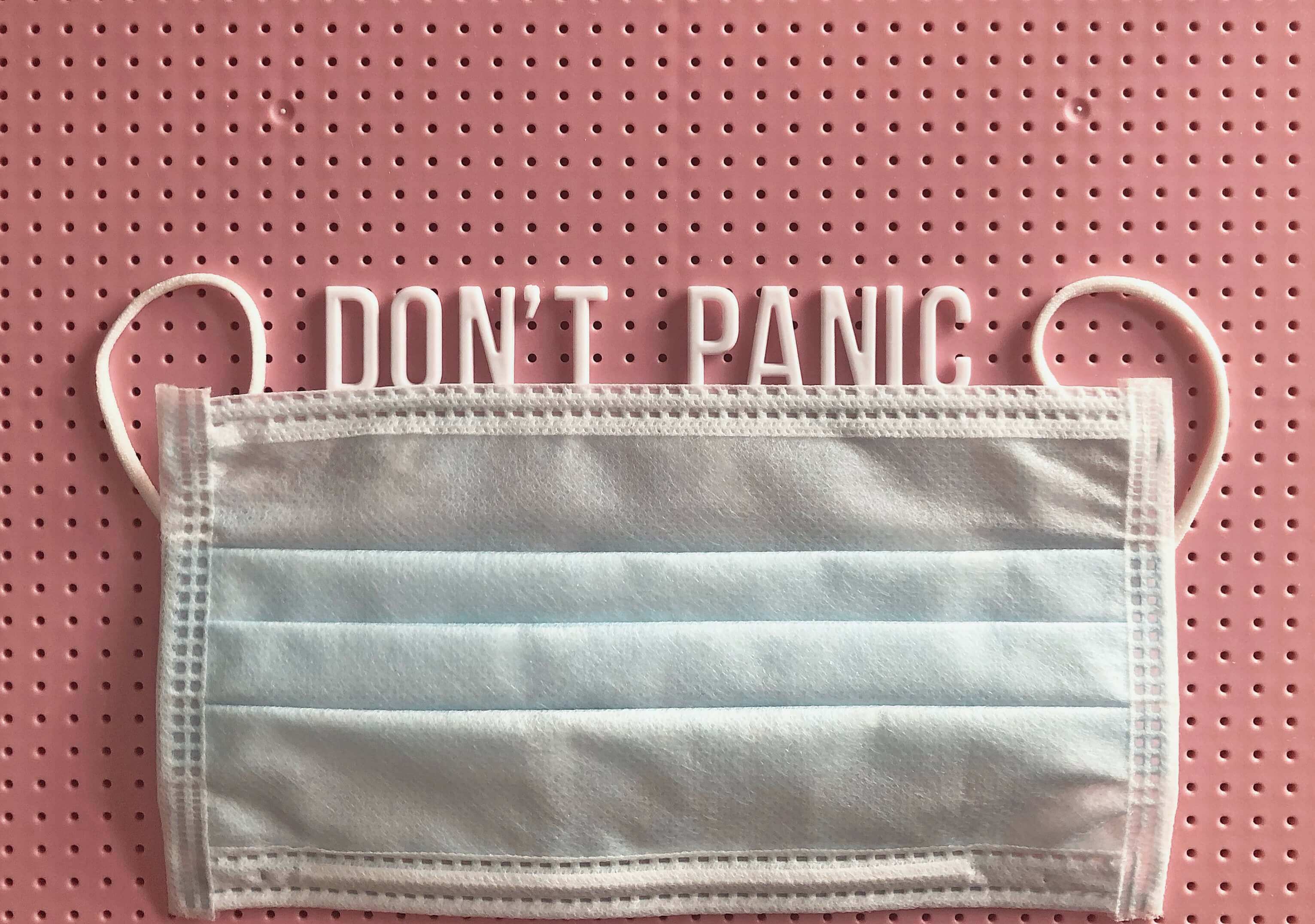
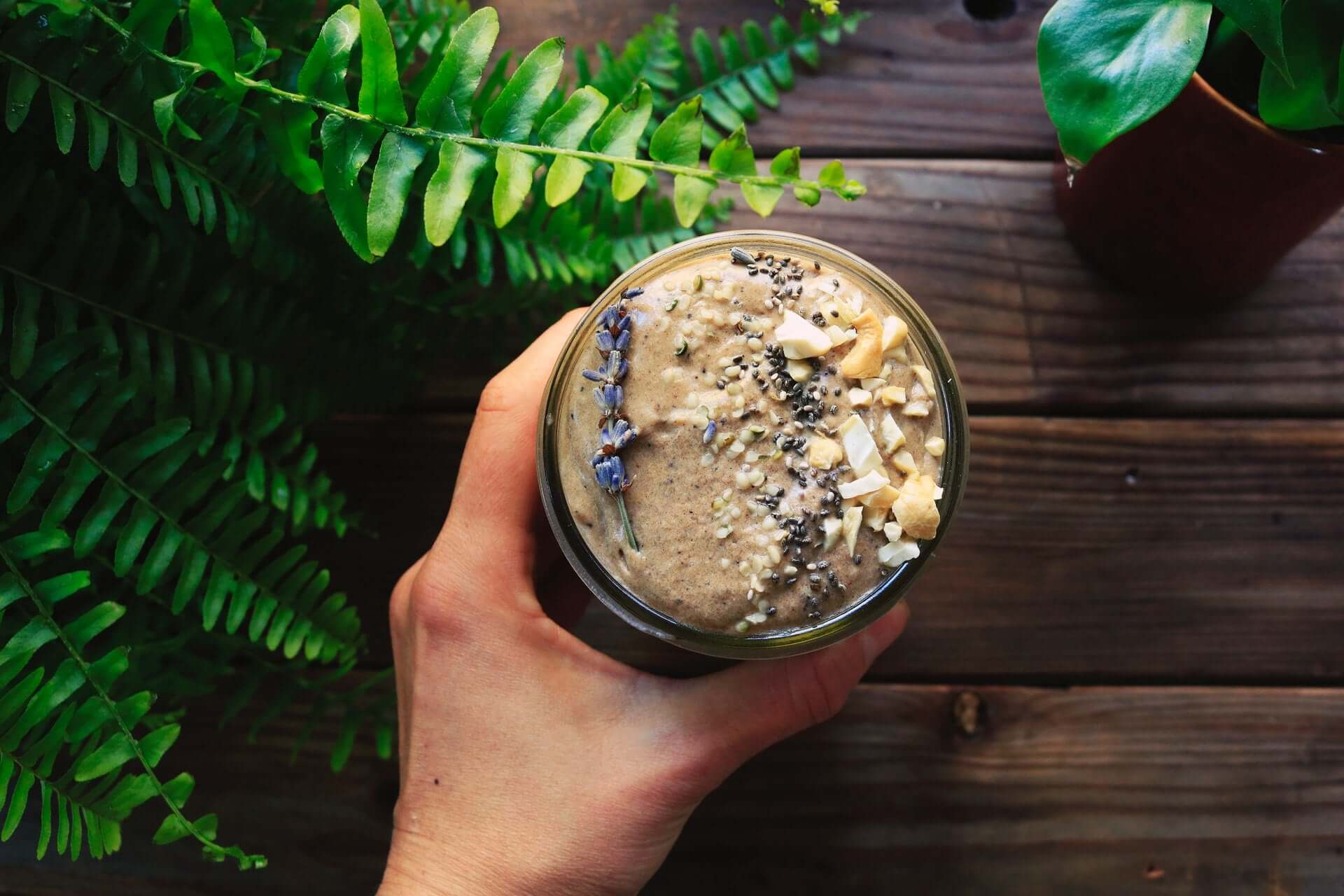
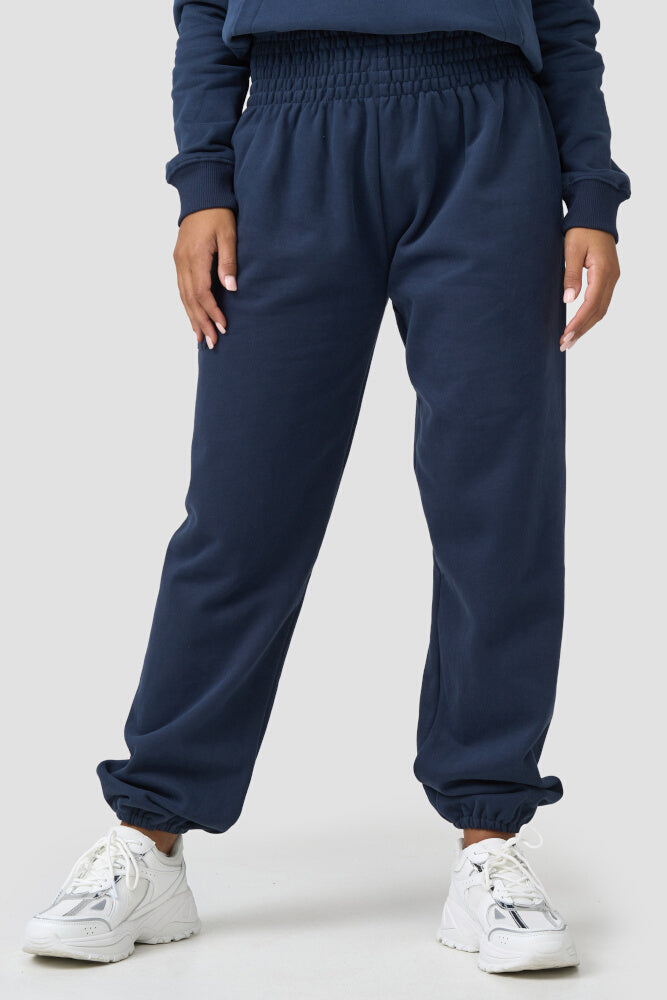

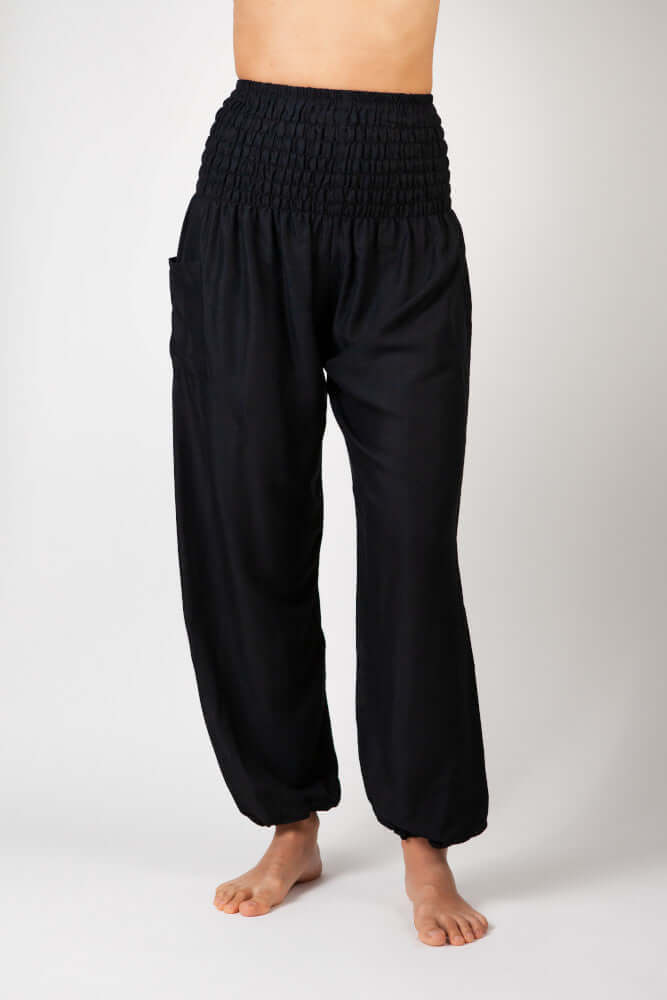
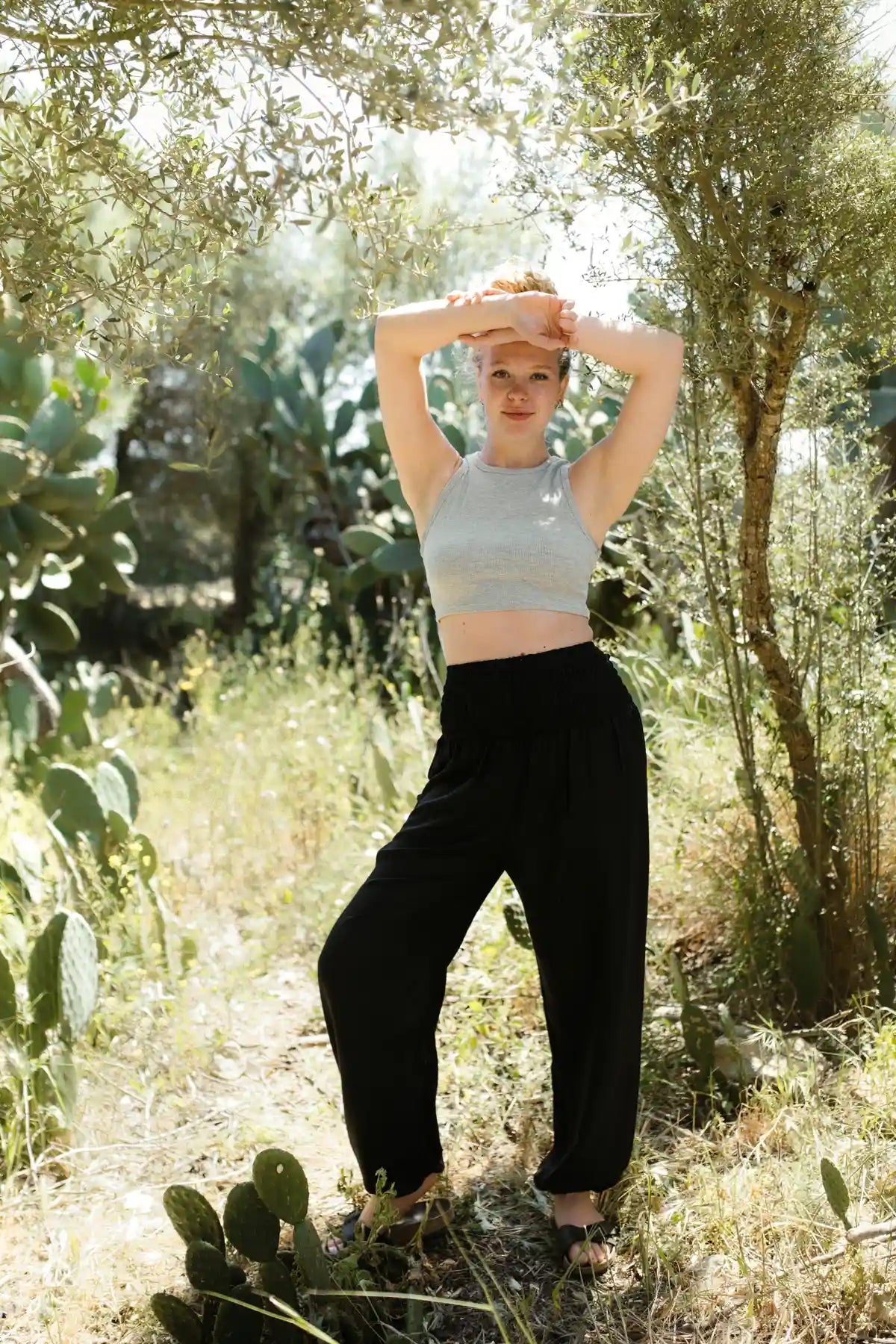
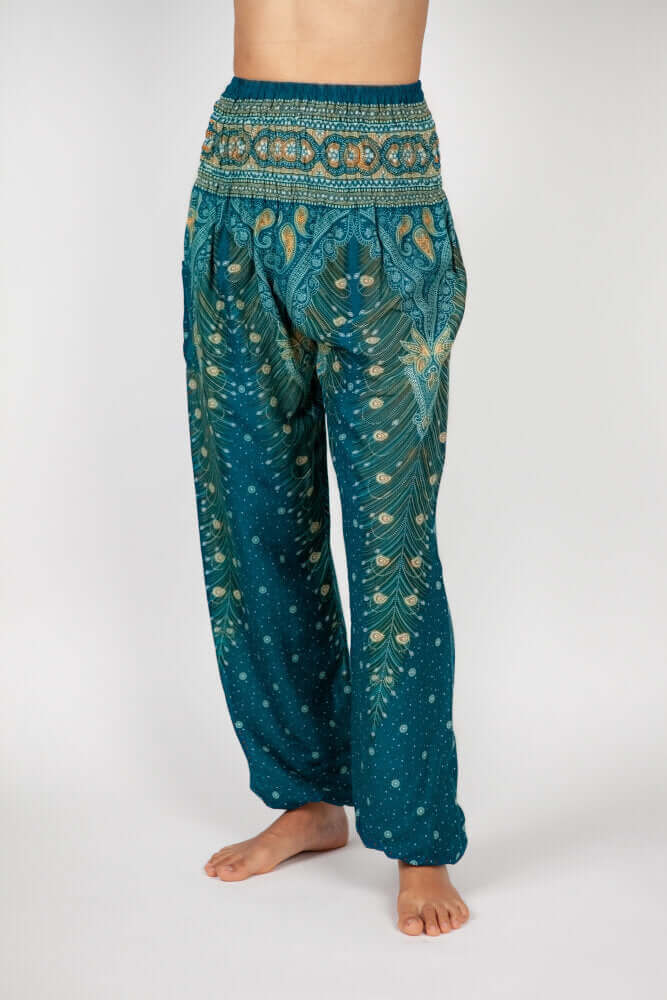

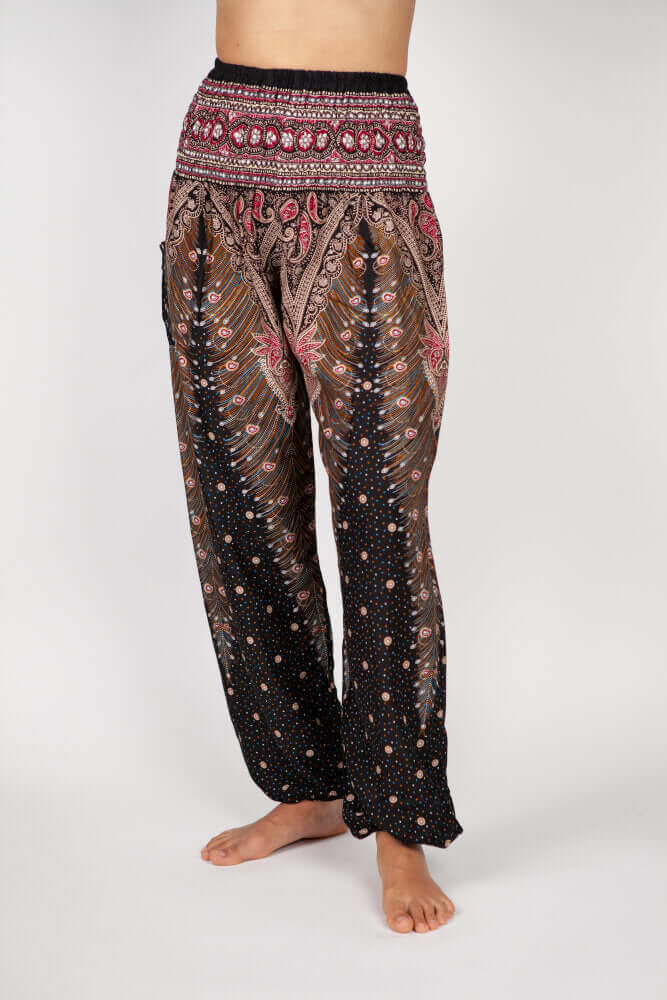
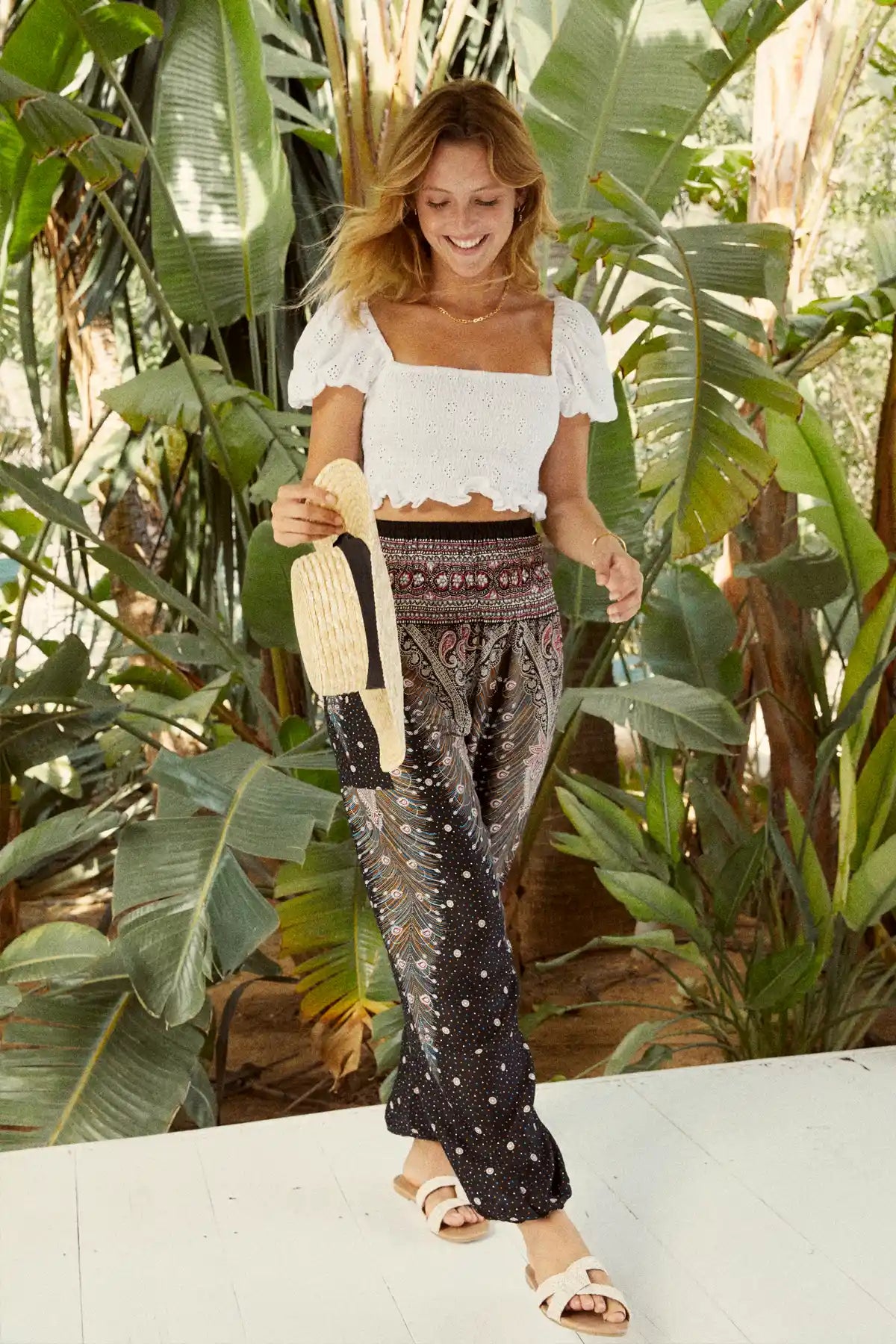
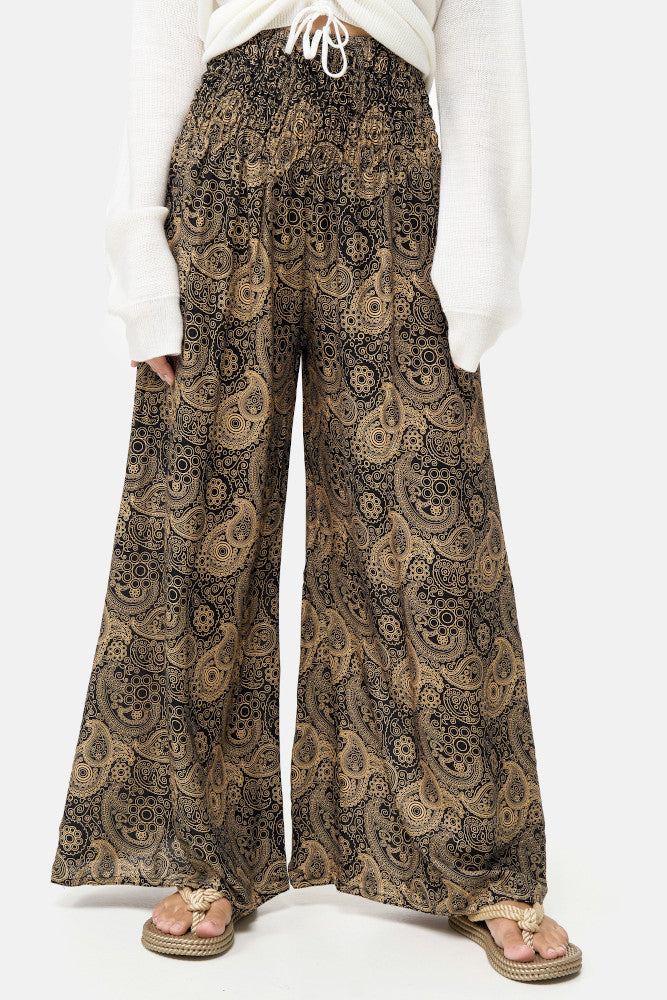
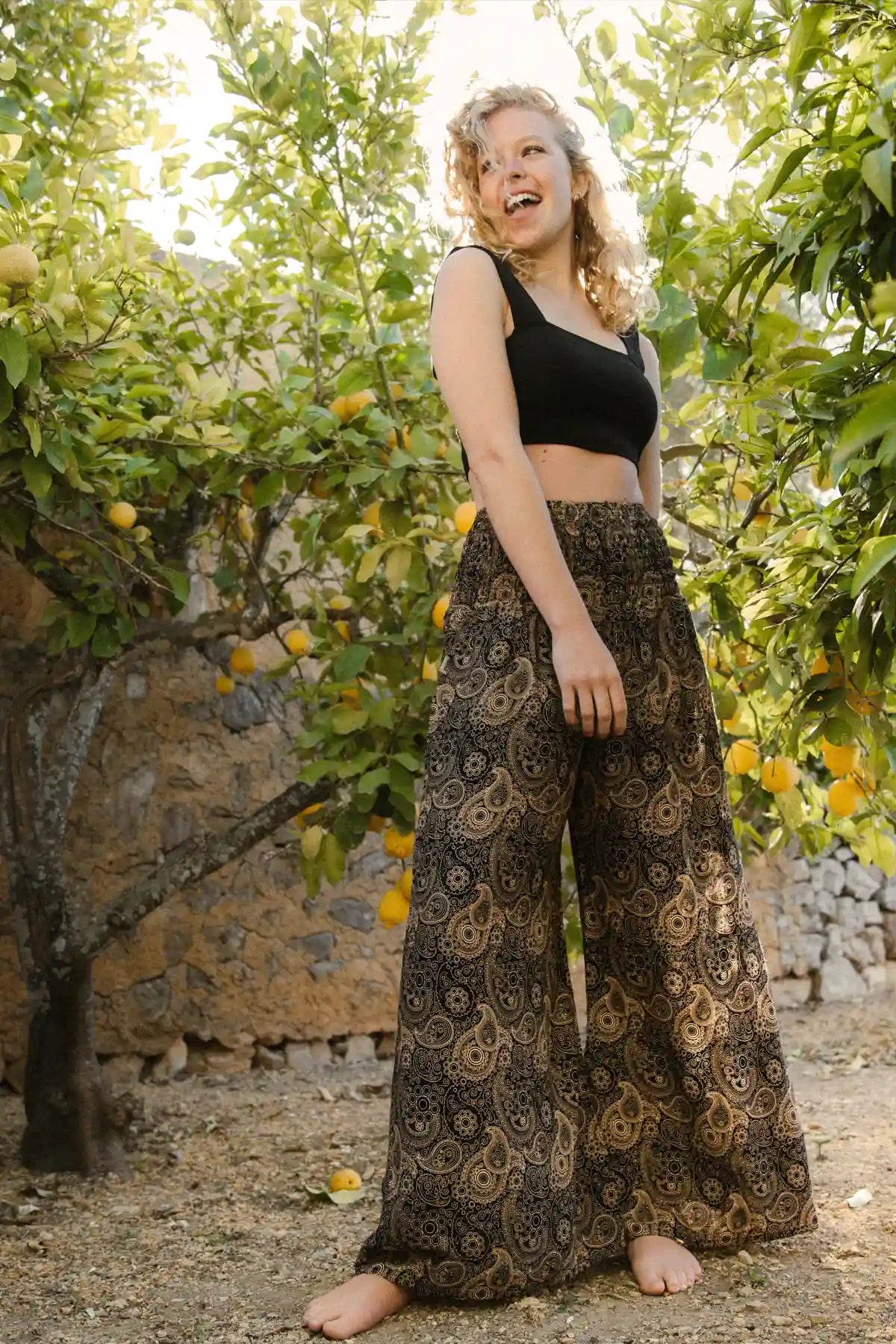
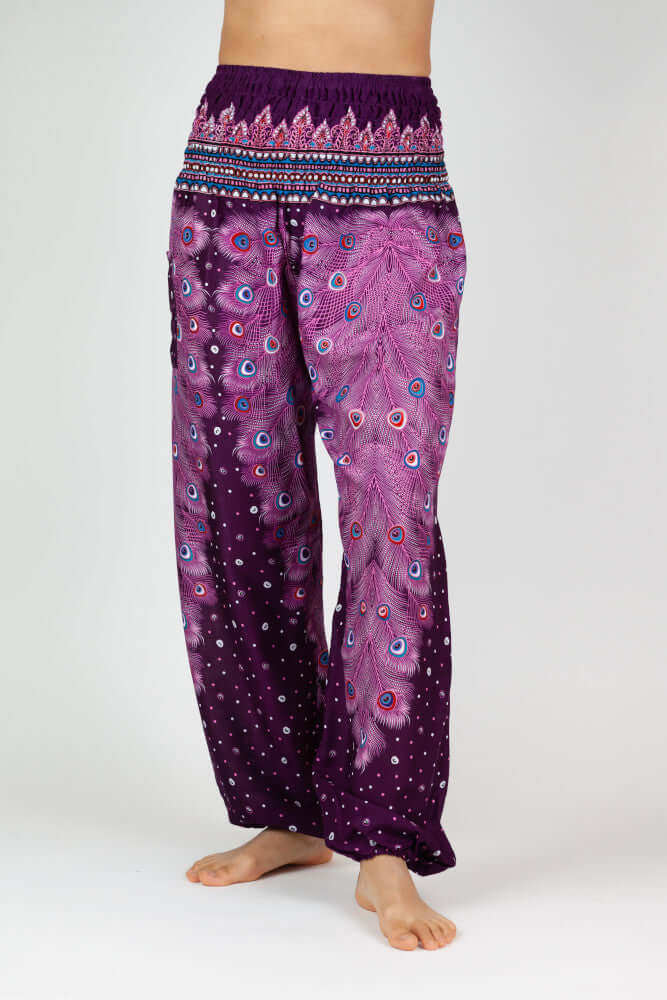

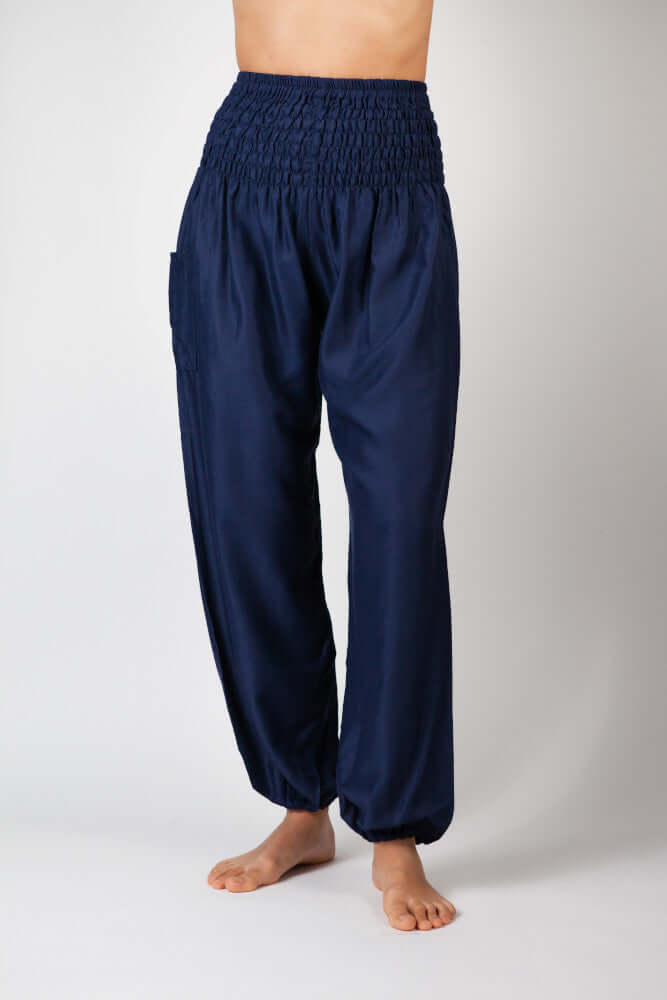
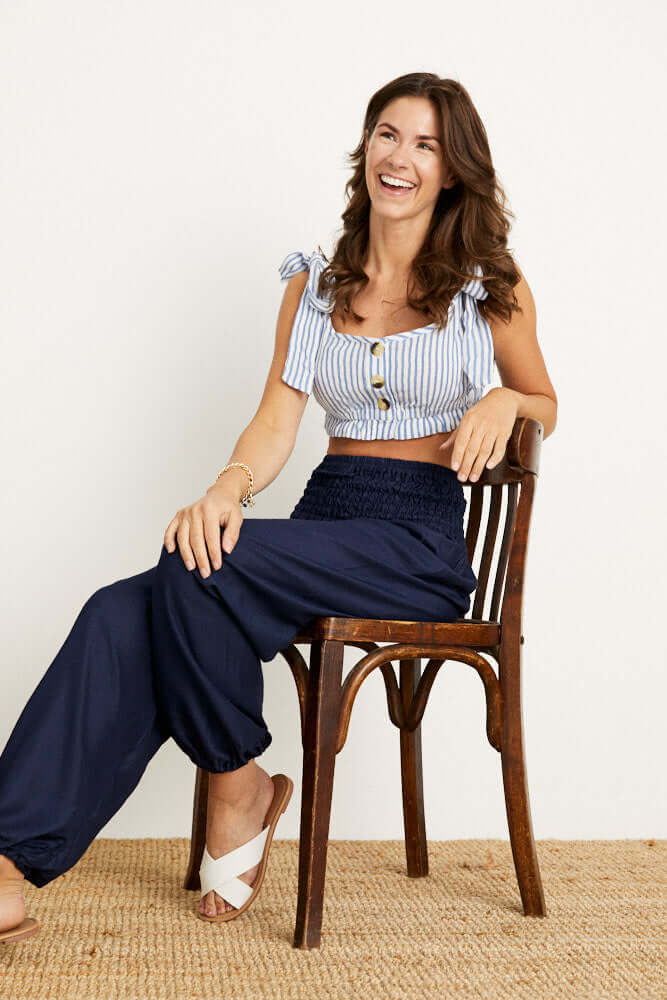
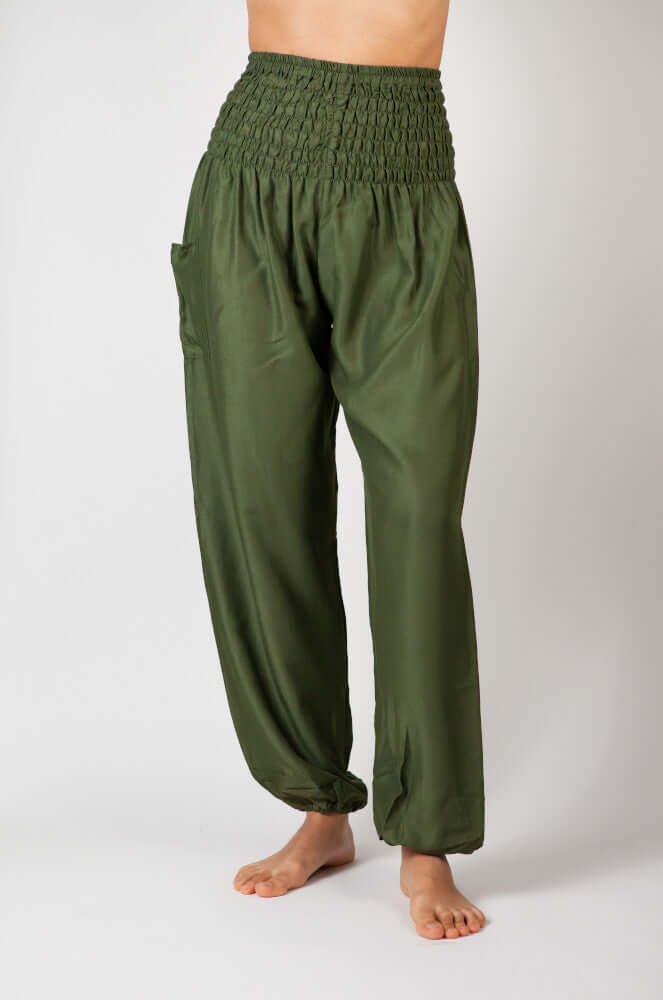
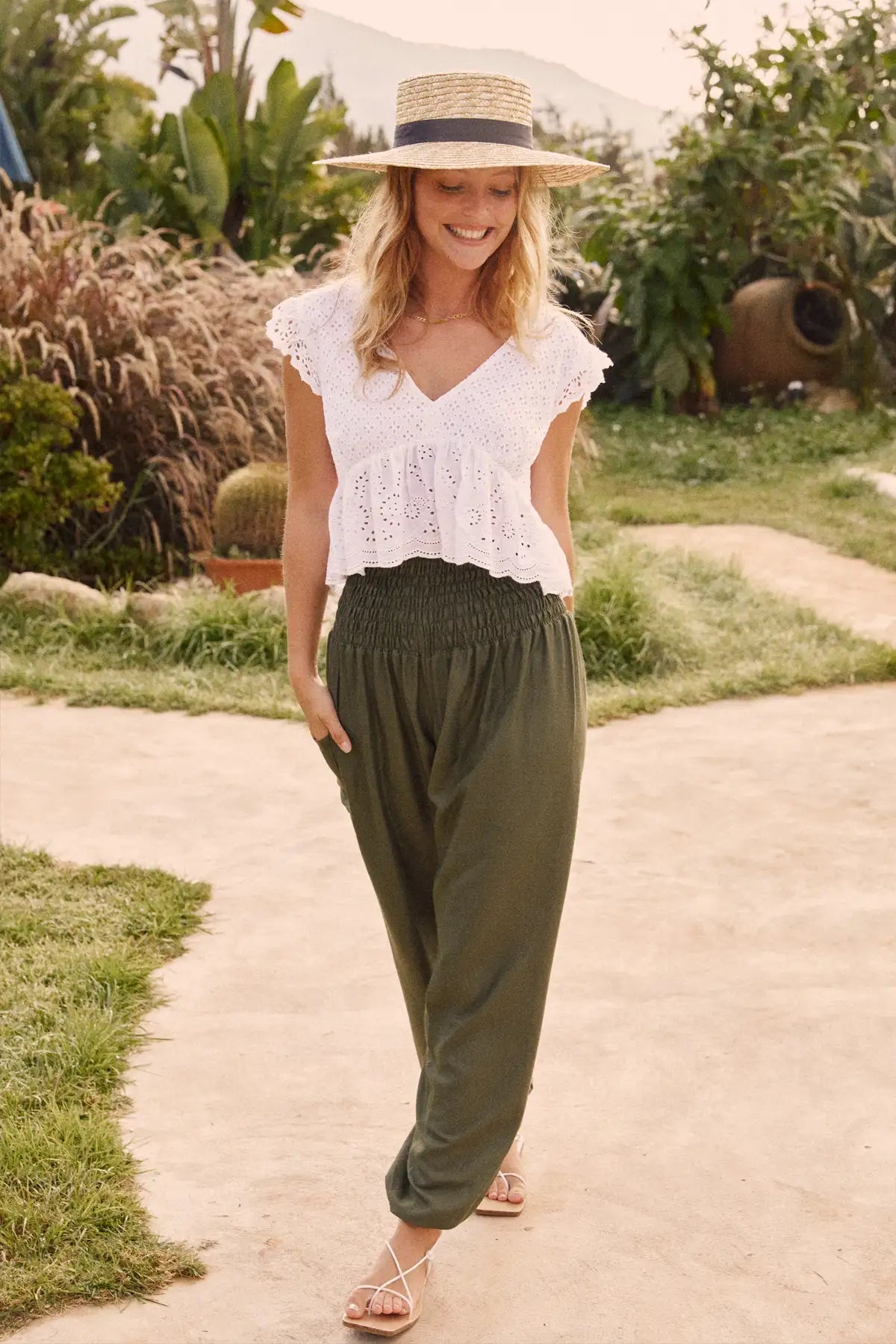
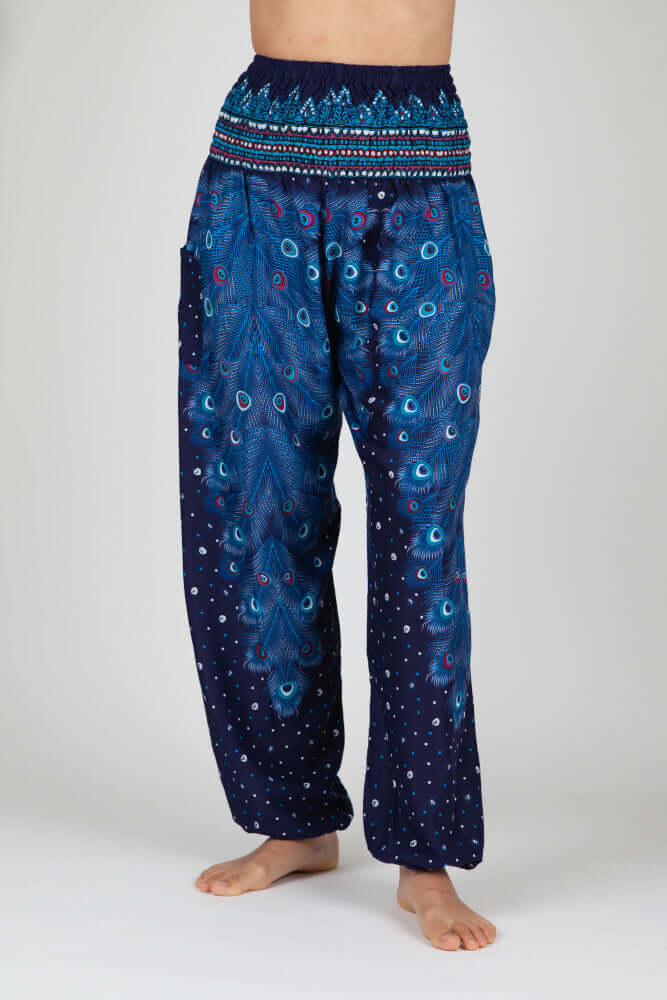

Leave a comment
This site is protected by hCaptcha and the hCaptcha Privacy Policy and Terms of Service apply.